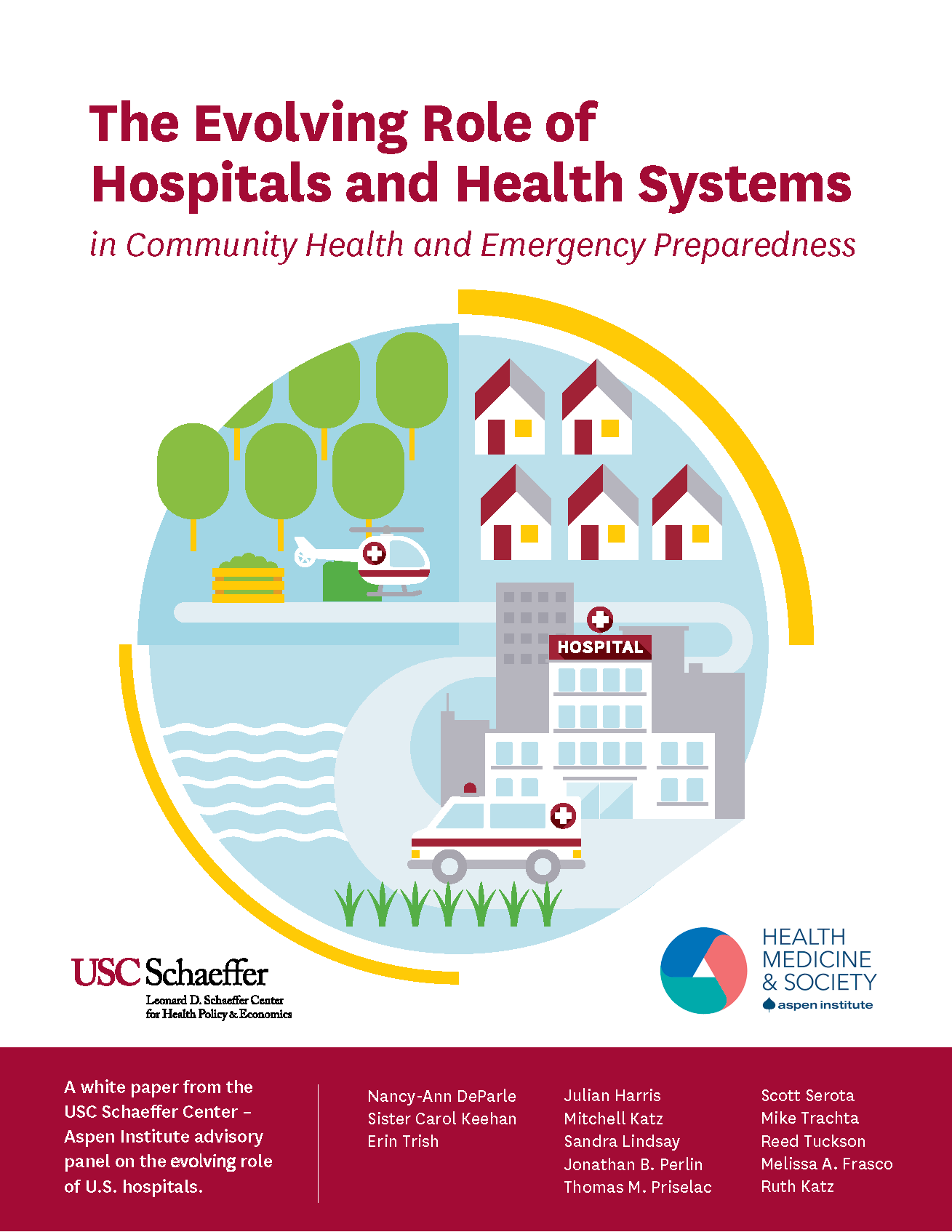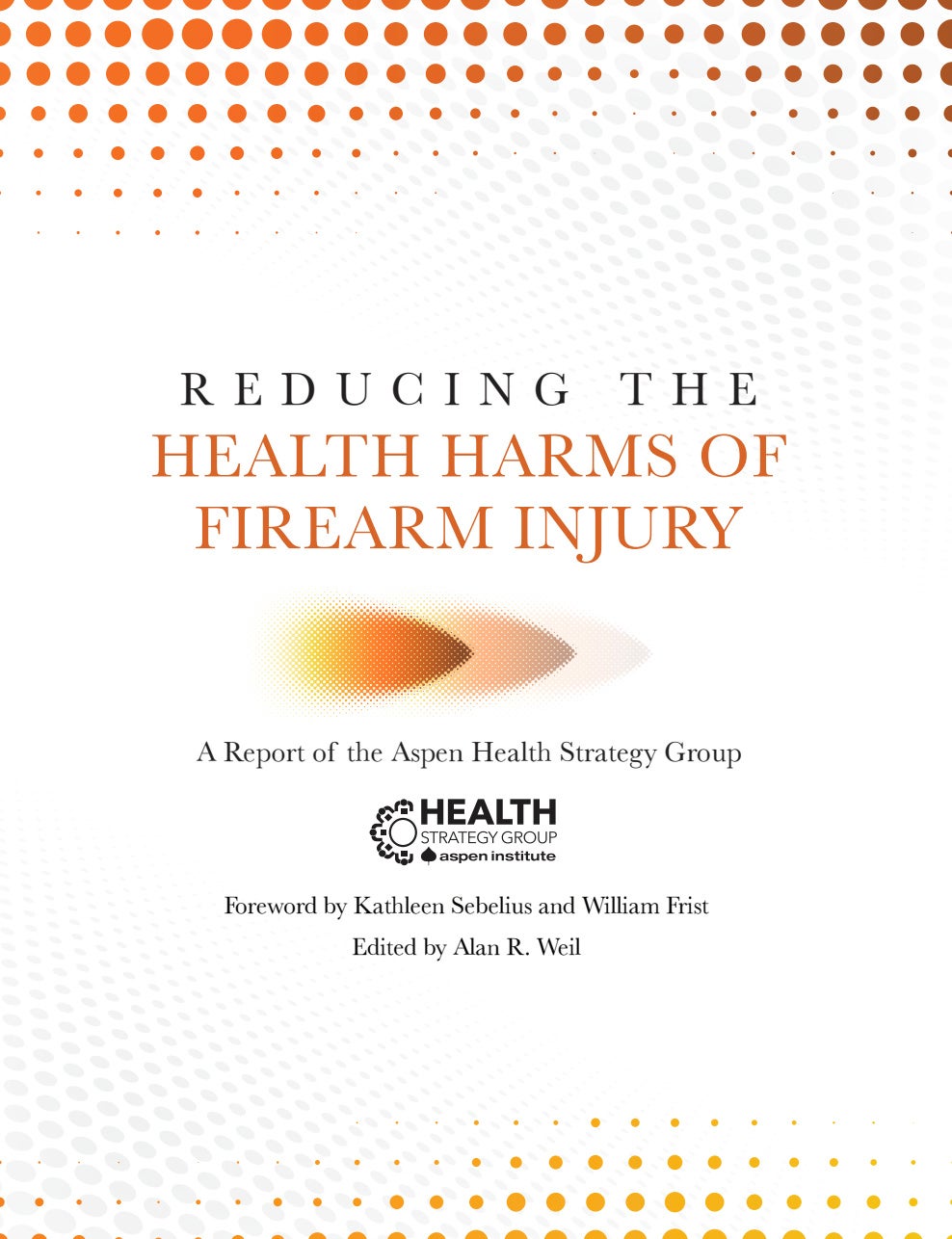The COVID pandemic demonstrated the extraordinary dedication and resilience of the nation’s hospitals. But it also exacerbated longstanding financial pressures, workforce stability and shifts in the nature and expectations of care – trends that continue despite the lessening of the pandemic. In addition to addressing medical needs, today’s hospitals are expected to be a critical component of a broader system that deploys non-clinical approaches to improving health, preventing disease and reducing health disparities – something known as “community health” – while also preparing for emergencies. In this report, a panel of experts convened by the USC Schaeffer Center for Health Policy & Economics and the Aspen Institute’s Health Medicine & Society Program offer recommendations for how hospitals can evolve to meet growing expectations while remaining financially viable.
It’s a tall order, especially given the financial pressures many hospitals face. Hospital expenses increased considerably during the pandemic and many still face significant staffing shortages, according to the white paper.
The report provides eight recommendations – four to hospital and health system operators and four to policymakers – to overcome barriers to improving community health and emergency preparedness.
Hospitals and Health Systems
- Improve preparedness for public health emergencies (e.g. the COVID pandemic) by coordinating public health surveillance and information from hospitals and health systems about their available resources.
- Improve clinical care by identifying patients’ unmet social needs (e.g. housing instability, food insecurity, transportation barriers) when they interact with the hospital/health system.
- Link patients to social services and lead coalitions of stakeholders to obtain adequate funding for services that promote health.
- Invest in career-development opportunities to build diverse workforces.
Policymakers
- Remove regulatory hurdles to innovation that can improve patient care and support healthcare workforce recruitment and retention.
- Eliminate unnecessary costs by encouraging payment models that promote high-value care and discourage low-value care.
- Enact payment models that support services beyond the provision of acute care, such as emergency preparedness, caring for patients with social needs, and advancing health equity.
- Encourage more experimentation with payment reform to transform patient care and ensure investment in community health.


